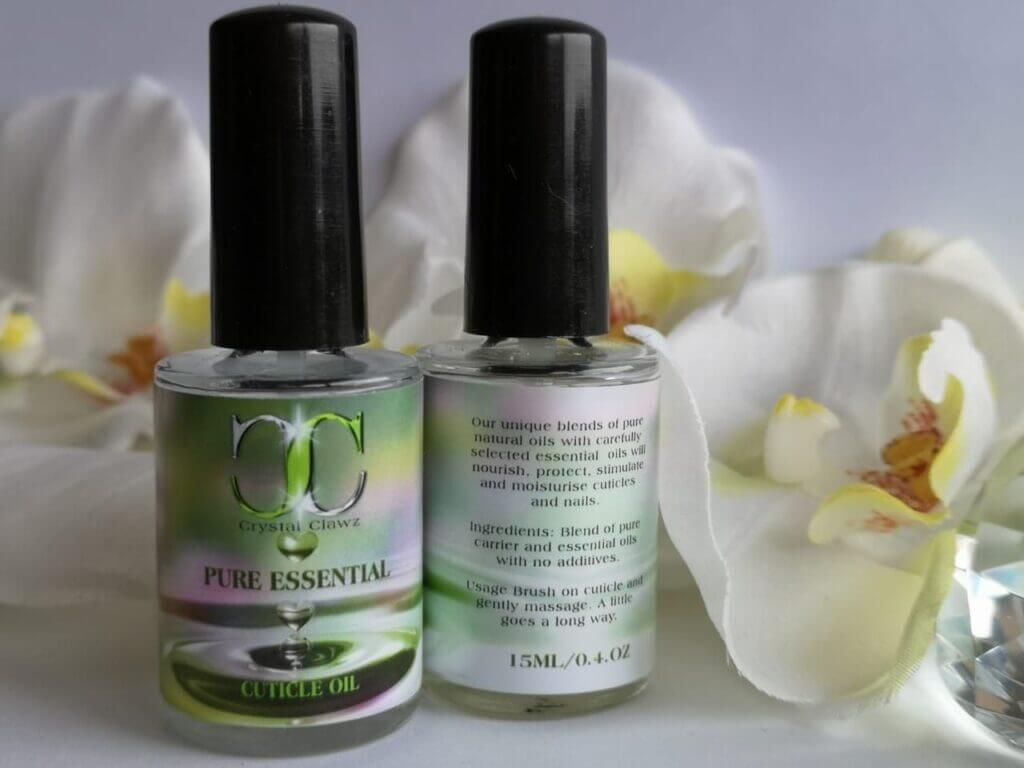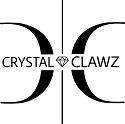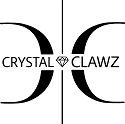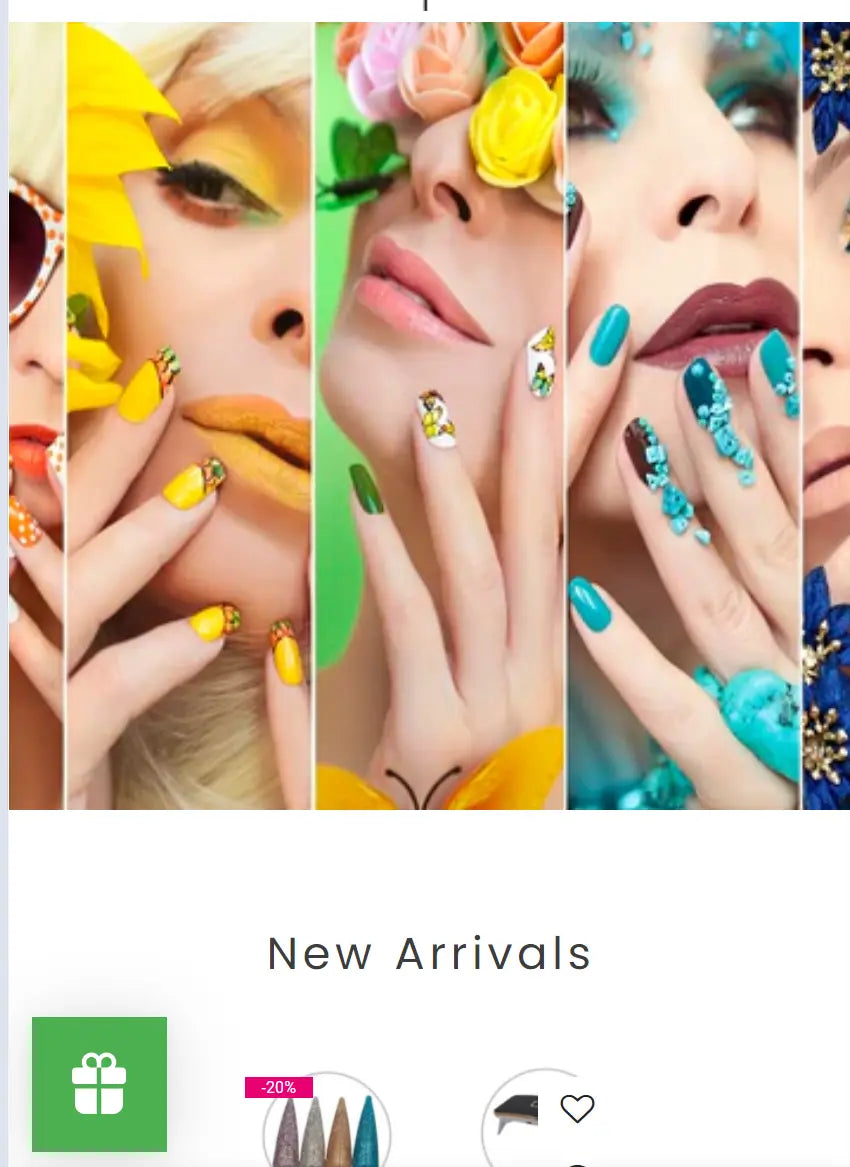
The Anatomy of Fingernails
You might be aware that the nails as you see them on the tips of your fingers are composed of dead cells, but the nails are produced by living cells that start growing under the skin. As the new nail grows, it pushes the older cells out to form the hardened, flattened fingernail we see. The nail is made up of the following parts:
- Nail Plate: The visible part of the nail composed of dead keratin cells (yes, the same protein that makes up your hair) that you can paint, trim, file, etc.
- Nail Bed: The skin beneath the nail plate
- Lunula: The half-moon shape at the base of the nail
- Nail Folds: The skin that frames and supports the nail plate on the right and left side is known as the lateral nail fold, while the skin surrounding the bottom edge of the nail is the proximal nail fold
- Matrix: The hidden part of the nail beneath the proximal nail fold from which the nail grows
- Eponychium: Not to be confused with the cuticle, the eponychium refers to the living skin that lines the base of the nail and nail plate and exists to protect the matrix from bacteria and infection
- Cuticle: Unlike the eponychium which is living, the cuticle is the dead tissue that is attached directly to the nail plate and can be easily removed
Common Fingernail Concerns
When you consider how much you put your hands through on a daily basis, it should come as no surprise that fingernails are easily damaged. Couple that with internal factors like diet and nutrition that impact nail health, and nails can easily end up dry, brittle, and prone to breaking. “Soft and brittle nails are very common and usually affect women,” says board certified dermatologist Samer Jaber, MD, of Washington Square Dermatology in Manhattan. “Brittle nails occur when there is dryness of the nail plate.” Nail brittleness can be exacerbated by everything from excessive hand washing to chemical exposure from prolonged nail polish wearing, he shares. Additionally, Dr. Jaber sees patients with nail splitting, nail fungus, nail pigmentation, warts, broken nails, or nail pitting. The latter is often caused by skin conditions like psoriasis, alopecia areata, and eczema. A warning for those of us prone to biting or picking at our nails and/or cuticles: Dr. Jaber regularly treats both chronic and acute paronychia (i.e. inflammation of the proximal nail fold). “Chronic paronychia is very common in adult women, and it usually represents chronic irritation of the proximal nail fold from excessive nail picking or hand washing,” he explains. “Acute paronychia is an acute infection of the nail fold, which can be treated with topical antibiotics.”
Why You Need to Take Care of Your Fingernails & Cuticles
"Think of taking care of your nails and cuticles as an important part of overall hygiene," says celebrity manicurist Mazz Hanna, whose clients include Julia Roberts, Selma Blair, and Minnie Driver. "Picking and/or biting your nails or cuticles doesn’t just look bad. It can create a breeding ground for bacteria and can lead to a painful and sometimes dangerous infections." Nail care isn't just about the nail plate itself. "So many problems start with dry cuticles. I wish people took better care of them," says celebrity nail artist Tracylee Percival, who has worked with the likes of Nicole Kidman, Danai Gurira, and Tessa Thompson. "When cuticles are dry, they start to crack. That’s when the temptation to pick kicks in and bigger problems start.""Think of taking care of your nails and cuticles as an important part of overall hygiene. Picking and/or biting your nails or cuticles doesn’t just look bad. It can create a breeding ground for bacteria and can lead to a painful and sometimes dangerous infections."
Mazz Hanna, Celebrity Manicurist
- "The skin they are removing is not all dead skin. They are also removing the eponychium," she says. "This skin is there for a reason — to protect the body from bacteria and germs from entering."
- Cleanliness is always a concern when it comes to sharing nail tools and never is that more truethan with an e-file. "The bits are not always sanitized between clients," Percival explains. "This can harbor many germs and bacteria and transfer to the next client."
- While superficial nail damage grows out over time, damage caused to the matrix is permanent. "Drilling vibration can damage the matrix of the nail," she shares. "These drills are often pushed into the cuticle area and onto the nail, which causes the nail plate to thin and can also damage the matrix. This damage will show itself in a few months, usually in a wavy nail or in discoloration."

Why You Need a Break From Your Gel Manicure Habit
Truer words have never been spoken, and anyone who has ever dealt with the anguish that accompanies smudging or chipping a manicure immediately after leaving the salon or DIYing it can understand the allure of acrylic nails and gel manis and their instant, life-proof results. While your nails may feel invincible for the couple of weeks the polish is on, they are often left ravaged by the abrasiveness of the application and removal process."Aggressive manicures and cleaning under the nails can lift the nails and cause nail splitting at the end." Samer Jaber, MD

How to Care For Your Fingernails
Whether your nails are dry and brittle because of salon treatments, climate, hormones, nutrition, or some combination of them all, there are simple steps you can take to restore strength and prevent damage.1. WATCH WHAT YOU EAT
"A great place to start is a healthy, balanced diet," Hanna suggests. Eating foods rich in biotin (think: dairy, avocado, sweet potato, nuts, and seeds), protein (like meat, poultry, fish, eggs, soy, etc.), and omega-3 fatty acids (i.e. salmon, sardines, walnuts, chia seeds, and flaxseeds) will help to keep nails strong and moisturized. "If you’re still struggling with brittle nails, I would recommend incorporating a supplement into your wellness routine – you’d be surprised at the huge difference it makes," she says.2. SWAP YOUR EMERY BOARD FOR A GLASS NAIL FILE
Have you heard that a glass or crystal nail file is better for your nails than a standard emery board? Well, Percival was a pioneer in advocating for the swap. "Use only a crystal nail file to seal the nail layers together for a stronger nail," she shares. "I use the KBShimmer Crystal Nail File." Another tip? Always file in one direction (not back and forth) to prevent peeling.
3. TRY A TOPICAL TREATMENT
Just because your nails are hard doesn't mean they aren't porous. As a result, it is possible to treat nails with topical products. Hanna is a fan of the Orly Nailtrition formula because "it contains collagen, wheat protein, keratin and bamboo extract to help strengthen nails," she says. While we're all familiar with cuticle oil, the non-toxic nail innovators at Tenoverten recently developed an oil that is meant to be applied directly to a bare nail plate. “We are often asked about how to improve thin or ridged nails or help nails recover from damage after removing products like gels," Tenoverten co-founder Jaclyn Ferber says. "So, the development of the Celery Oil came about based on a need for a more natural way to strengthen the nail topically." Instead of a brush-on, solvent-based formula that might end up causing dryness because it requires a product with acetone or non-acetone to remove, the brand developed a nourishing natural alternative with celery seed extract, meadowfoam seed oil, and evening primrose oil to harden, hydrate, and heal damaged nails.4. DON'T FORGET TO HYDRATE
"When nails are dry and brittle, they need hydration," Percival says. While the first line of defense is "drinking lots of water," moisture-boosting products (like oils and creams) can help, too. "Hydration is key to topical nail heath," Ferber adds. "It is super important as it helps reduce the peeling skin or damaged nail beds that can more easily cause an infection."5. WHEN IN DOUBT: LEAVE IT TO THE PROS
In cases of what she calls "severely damaged nails," Percival will suggest a professional IBX Strengthen treatment. "It's a pro-only product and given by a nail professional," she explains. "Search the Famous Names site for a tech near you."
How to Care For Your Cuticles
Aside from avoiding the electronic files that improperly remove both the eponychium and cuticle, there is one at-home step both Hanna and Percival agree is imperative to cuticle health and, in turn, overall nail health: cuticle oil."Cuticle oil is the secret to healthy nails. Massaging your nails with cuticle oil not only gets the blood vessels under the nail pumping to promote healthy nail growth, it will also keep the nails nourished and hydrated."
Tracylee Percival, Celebrity Nail Artist





